Connecting...
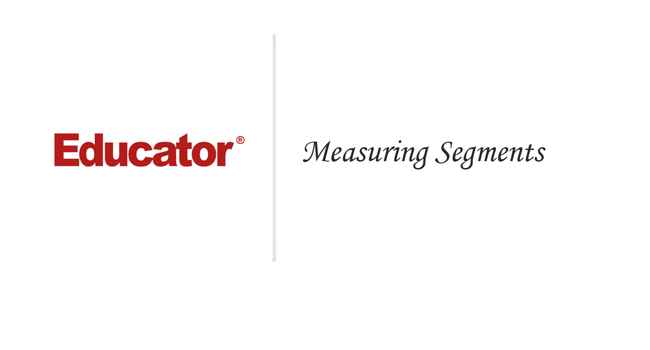
This is a quick preview of the lesson. For full access, please Log In or Sign up.
For more information, please see full course syllabus of Geometry
For more information, please see full course syllabus of Geometry
Geometry Measuring Segments
Lecture Description
In this lesson we are going to learn about measuring segments. An important postulate we'll learn about is the ruler postulate: The points on any line can be paired with real numbers so that, given any two points P and Q on the line, P corresponds to zero, and Q corresponds to a positive number. You'll see how this postulate actually helps us define the measure of a segment, and you'll get to practice that through examples. Also, you'll learn about the segment addition postulate, the Pythagorean theorem and the right triangles, and the Distance formula.
Bookmark & Share
Embed
Share this knowledge with your friends!
Copy & Paste this embed code into your website’s HTML
Please ensure that your website editor is in text mode when you paste the code.(In Wordpress, the mode button is on the top right corner.)
×
- - Allow users to view the embedded video in full-size.
Next Lecture
Previous Lecture










































 Answer Engine
Answer Engine



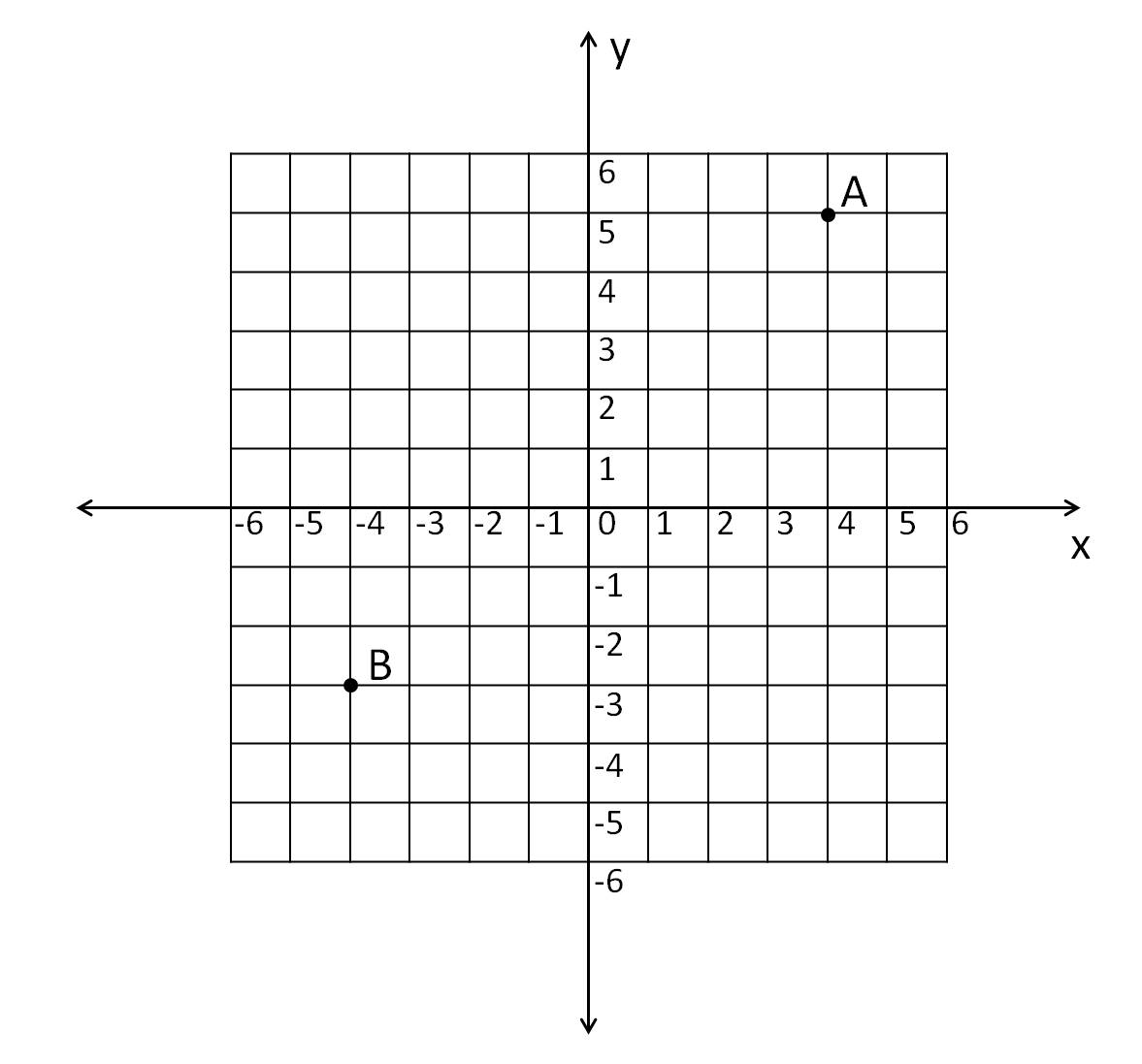
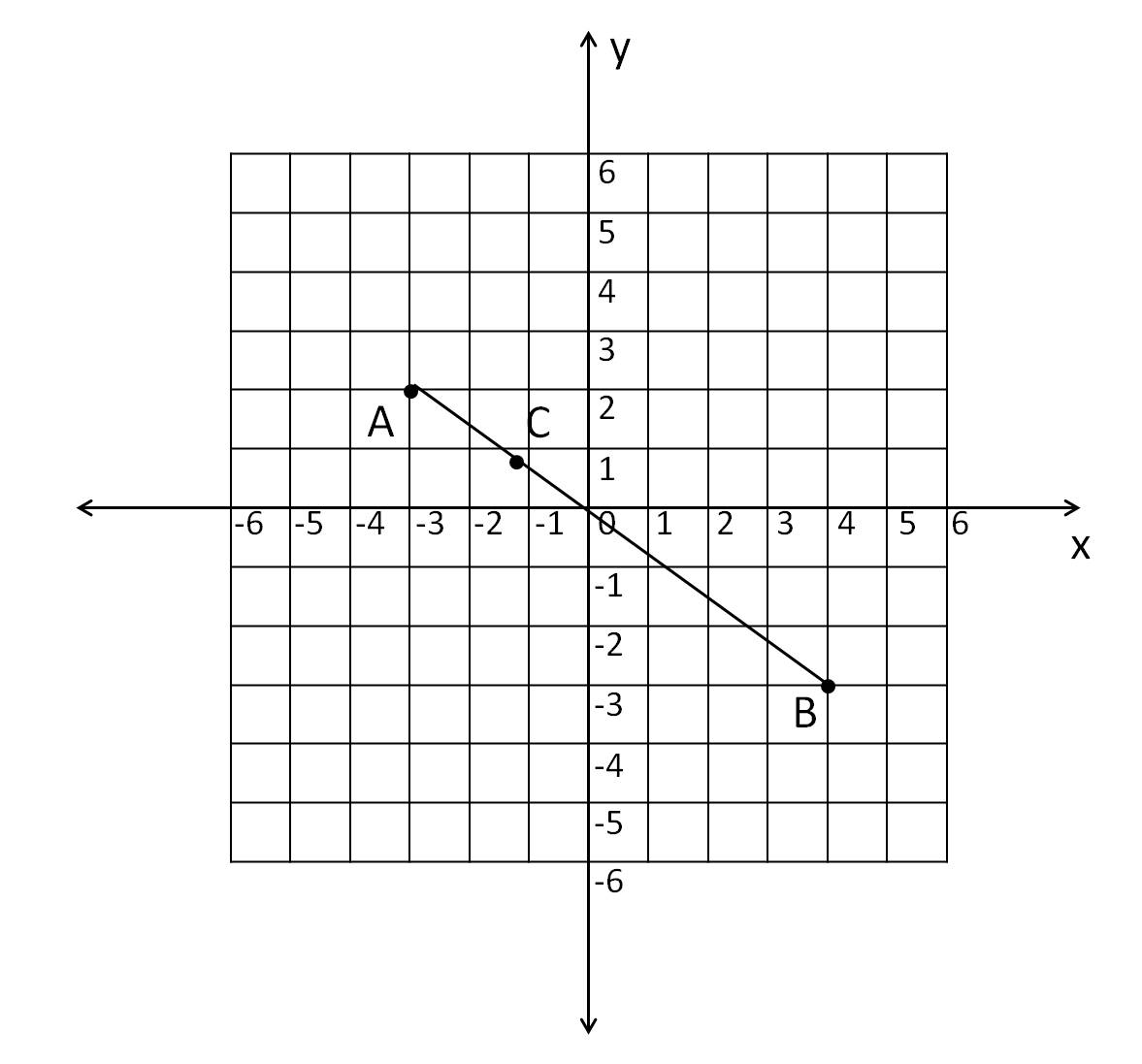
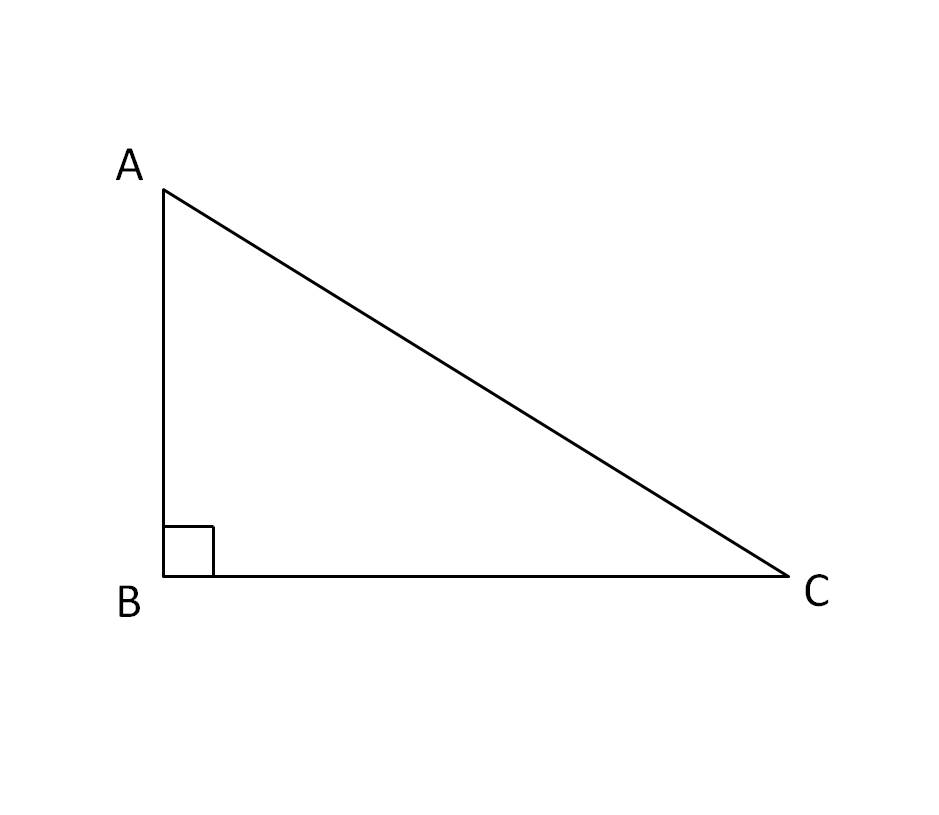
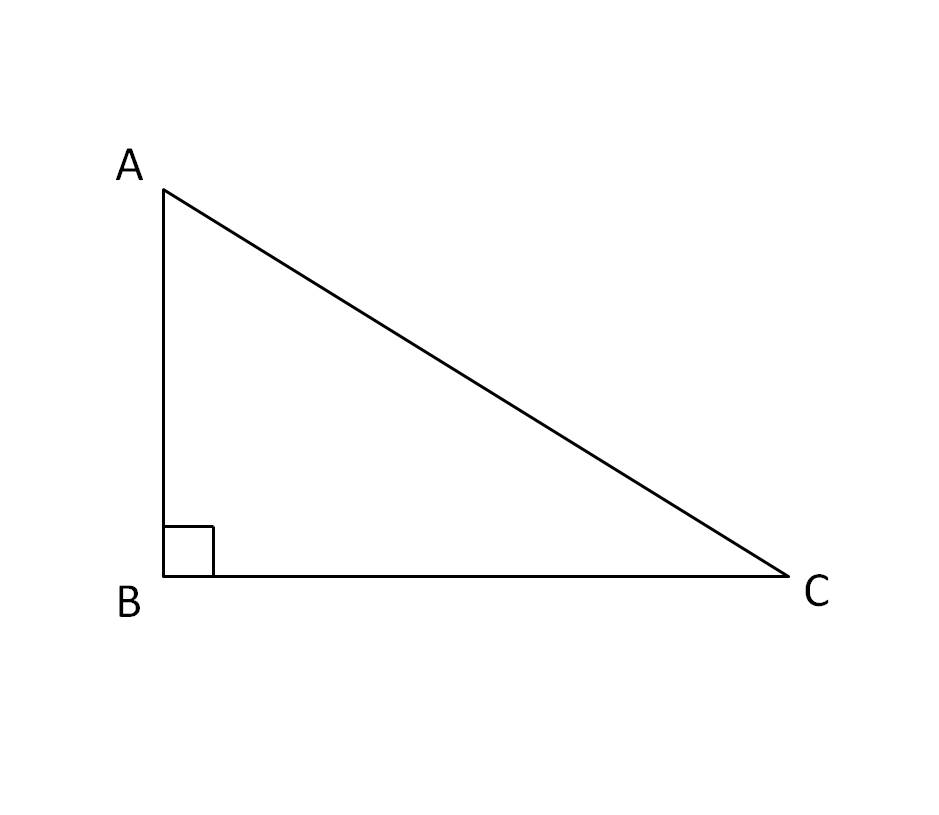
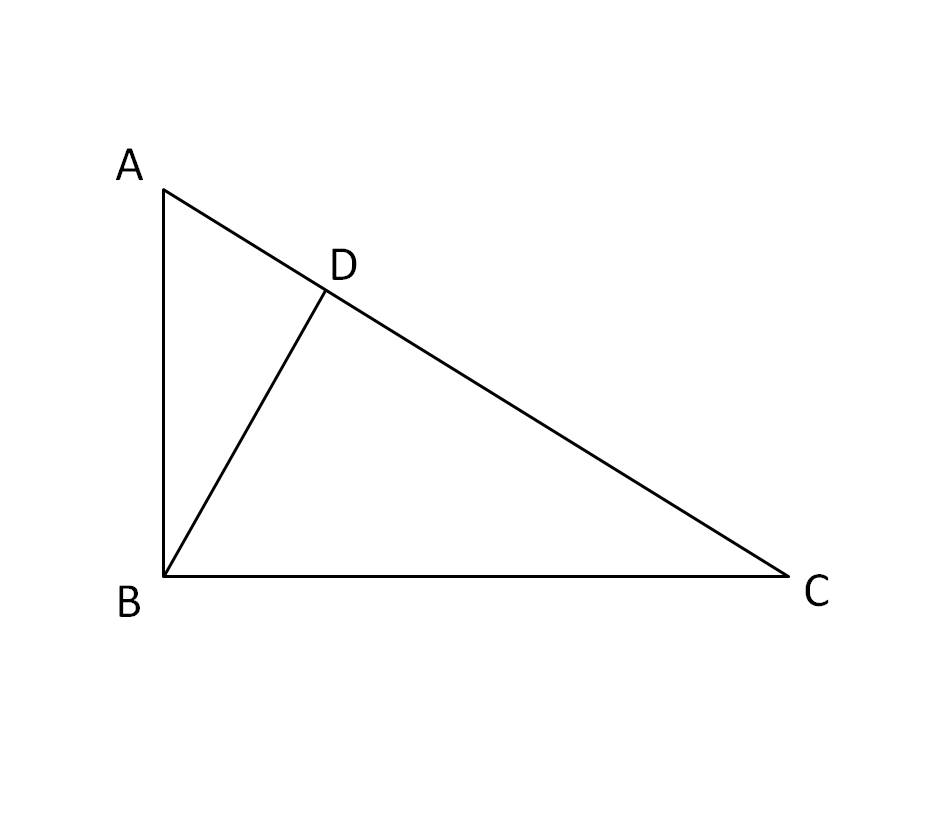
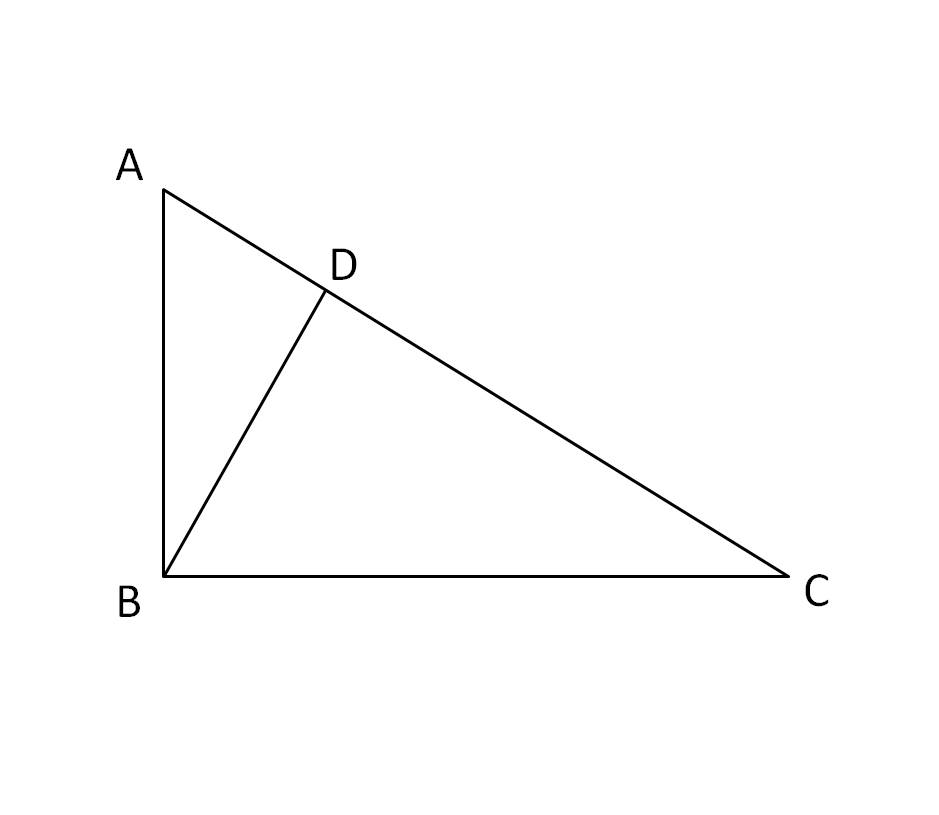
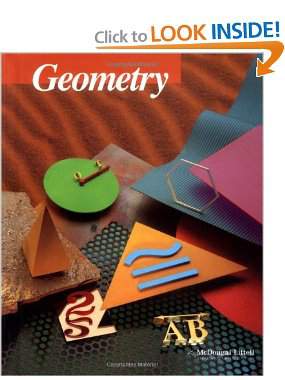




0 answers
Post by Jia Liu on August 4, 2018
foof
2 answers
Last reply by: Kevin Zhang
Sun Aug 21, 2016 3:14 PM
Post by Kevin Zhang on August 21, 2016
do you make your own slides?
0 answers
Post by Nancy Reyes on September 22, 2014
How do I know where to put the segments in addition postulate? Does the order matter?
0 answers
Post by Henriana Tommy on March 1, 2014
How do you know when to write it as 58 squared and not just 58? Does it matter?
0 answers
Post by Alexis Rodriguez-Gilbert on October 22, 2013
section segment addition postulate
0 answers
Post by Alexis Rodriguez-Gilbert on October 22, 2013
im not understanding how you are working the problem out and getting the ultimate answer....are we adding multiplying???
0 answers
Post by julius mogyorossy on September 15, 2013
I spoke too soon, she corrected that mistake, could not E be to the left of D and F.
1 answer
Thu Jan 2, 2014 3:40 PM
Post by julius mogyorossy on September 15, 2013
QP + PR does not = PR, that is a mistake.
0 answers
Post by Shahram Ahmadi N. Emran on July 12, 2013
Just a quick heads up, your distance formula in your quick notes is incorrect and you might want to include the correlation between the PyT formula and the distance formula, so that it is clear why you are supposed to add the two components instead of the subtraction that you highlight. It super confused at me at first until I looked it up.
0 answers
Post by Shahram Ahmadi N. Emran on July 12, 2013
For the question: "Write a mathematical sentence given segments ED and EF." E does not have to be in the middle:
in the case:
E-------D------F
the mathematical sentence would be EF - ED = DF
In the case:
E----F-------------D
the mathematical sentence would be ED - EF = DF
Also, in the question, ED and EF should have a bar over them because you are talking about segments and not measures
1 answer
Fri Aug 2, 2013 2:40 AM
Post by julius mogyorossy on June 3, 2013
Ms. Pyo, I am probably making a fool out of myself again, ask Dr. Carleen, but what would the absolute value of 2 + -5, be, it seems to me it would be 3, but it seems that mathematicians think it should be 7. I was very interested to learn that quadratic equations lie when they are factored, they lie and tell the truth at the same time. Luckily I don't have to factor or use a test point to see where the solution set is, I can see it when I see the equation(s). I found Algebra 2 very interesting, I can't wait to see what Calculus is all about, I have no clue what Trigonometry is about. I have been blessed with incredible instincts, super human, life over death, they are the reason I am still alive. I think I am going to make an incredible discovery having to do with Geometry, I have always sensed incredible potential in Geometry, I have read that incredible things have been allegedly proven having to do with Geometry, I wonder if it is true. Some day I shall do these experiments myself. The knowledge Dr. Carleen gave to me forced scientists to surrender to me, unofficially, some day, officially. I never thought I would see that day, I thought they would do me like Pasteur. Some day you shall know what I am referring to.
1 answer
Fri Aug 2, 2013 2:33 AM
Post by Manfred Berger on May 27, 2013
So what the Segment Addition Postulate is saying is basically that colinearity is transitve, isn't it?
1 answer
Last reply by: Manfred Berger
Mon May 27, 2013 11:47 AM
Post by bo young lee on February 19, 2013
at the educator.com where can i find more about the
pythagorean theorem???
0 answers
Post by Kenneth Montfort on February 18, 2013
Just a quick heads up, your distance formula in your quick notes is incorrect and you might want to include the correlation between the PyT formula and the distance formula, so that it is clear why you are supposed to add the two components instead of the subtraction that you highlight. It super confused at me at first until I looked it up.
0 answers
Post by Edward Hook on February 18, 2013
Everybody loves your teaching style Mary and I have to say that I do too!
1 answer
Last reply by: Habibo Ali
Wed Feb 5, 2014 10:19 AM
Post by Mohammed Abdullah on December 13, 2012
In the video it shows d=square root x1-x2)squared+(x1+x2) squared, in the quick notes they subtract the square roots.
1 answer
Sat Mar 2, 2013 1:53 AM
Post by chun yung on November 27, 2012
I have a question on the distance formula, why do they have to make it (x2-x1)+(y2-y1) if u put (x1-x2)+(y1-y2)u could get the same answer.
0 answers
Post by Catherine Henderson on July 31, 2012
Wow,
That was great!
0 answers
Post by Joseph Reich on June 20, 2012
For the question: "Write a mathematical sentence given segments ED and EF." E does not have to be in the middle:
in the case:
E-------D------F
the mathematical sentence would be EF - ED = DF
In the case:
E----F-------------D
the mathematical sentence would be ED - EF = DF
Also, in the question, ED and EF should have a bar over them because you are talking about segments and not measures
0 answers
Post by Giri Iyer on November 10, 2011
Very well done and explained.. I am teaching my son geometry and these lessons are so clear conceptually that even I can recall these concepts now :)
0 answers
Post by Pangayar Selvi Shanmugasundaram on August 9, 2011
realy iam telling, its wonderful vedio...
0 answers
Post by Ahmed Shiran on June 4, 2011
Great work by Mary...
0 answers
Post by Suneet Dash on May 31, 2011
i must say, great video